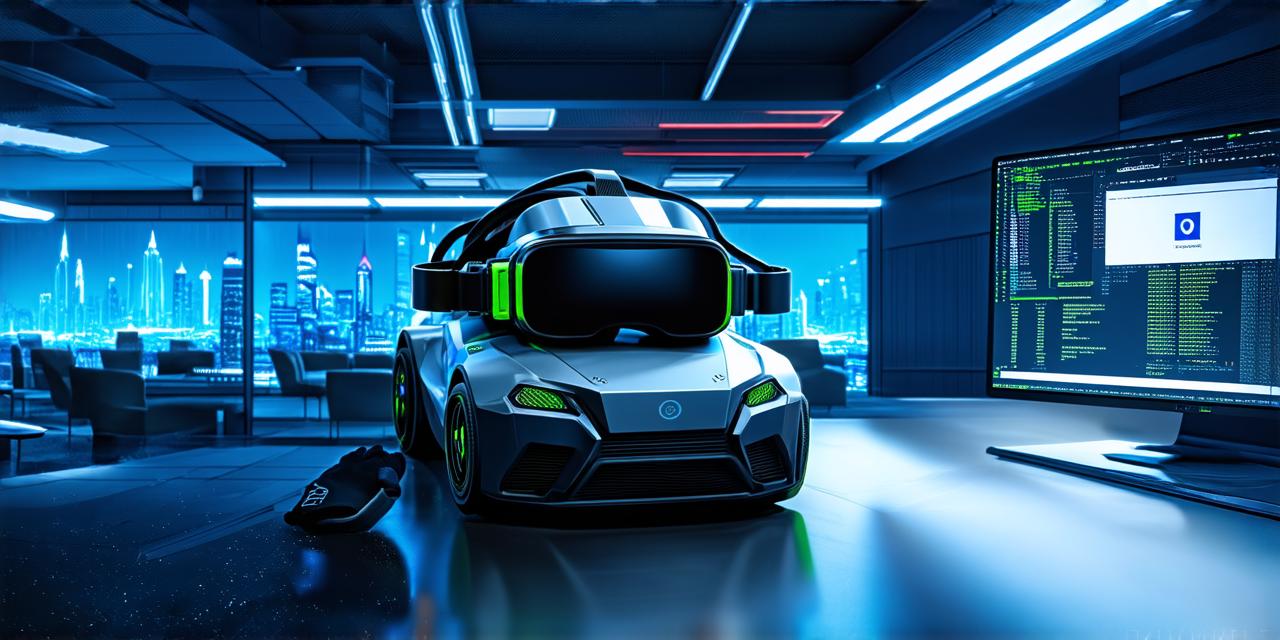Virtual reality (VR) technology is rapidly evolving, with new advancements being made in hardware and software development every day. As a result, the demand for VR applications continues to grow, making it an attractive field for developers looking to build innovative and engaging experiences.
Understanding the Target Audience: Key to Successful VR Development
One of the most important aspects of developing VR software is understanding the target audience. This involves identifying the needs, preferences, and behavior patterns of the users, as well as the intended purpose of the application. For example, a VR game designed for children will require different features and mechanics than a VR training program aimed at professionals.
By knowing your target audience, you can design an experience that is tailored to their needs and interests, which can increase engagement and improve user satisfaction. You can also optimize the software for specific platforms or devices based on the target audience’s preferences and budget.
Using Unity: The Most Popular VR Development Platform
Unity is a popular game engine that has been used to develop many successful VR applications. It offers a range of features and tools that make it easy for developers to create immersive and interactive experiences. Some of the key benefits of using Unity include:
- Cross-platform compatibility: Unity supports multiple platforms, including PC, mobile, and consoles, as well as VR devices such as Oculus Rift and HTC Vive.
- Asset store: Unity has a large community of developers who have created and shared assets that can be used to speed up development and reduce costs.
- Integration with other tools: Unity can be integrated with other tools and services, such as 3D modeling software and analytics platforms, to streamline the development process.

However, it’s important to note that Unity is not a one-size-fits-all solution, and there are other VR development platforms available depending on your specific needs and preferences.
Best Practices for Efficient VR Development
Here are some best practices that can help VR developers develop their software more efficiently:
- Plan ahead: Develop a clear project plan and timeline before starting development. This will help you stay on track and identify potential roadblocks early on.
- Keep it simple: Don’t overcomplicate the user experience or introduce unnecessary features that can slow down performance and decrease usability.
- Test thoroughly: Conduct thorough testing of the software on different devices and platforms to ensure that it works as intended and is optimized for performance.
- Use efficient coding practices: Follow best coding practices to improve code readability, maintainability, and scalability. This includes using modular code, avoiding global variables, and minimizing memory usage.
- Optimize for performance: VR applications require high performance to provide a seamless experience. Optimize the software for performance by reducing draw calls, optimizing textures, and minimizing frame rate drops.
- Leverage cloud technology: Cloud-based services such as Amazon Web Services (AWS) and Microsoft Azure can provide scalable infrastructure and resources for VR applications, enabling faster development and deployment.
- Collaborate effectively: Effective collaboration between team members is essential for successful VR development. Use project management tools and communication platforms to keep everyone on the same page.
Real-Life Examples of Efficient VR Development
Here are some real-life examples of VR applications that have been developed efficiently using best practices:
- Beat Saber: A popular VR rhythm game developed by Beat Games using Unity. The game was optimized for performance, with smooth animations and low latency, resulting in a highly engaging experience for players.
- Job Simulator: A VR simulation developed by Oculus VR using Unity. The application was designed to be intuitive and easy to use, with clear instructions and minimal clutter, resulting in high user satisfaction.
- Google Expeditions: An educational VR application developed by Google that takes users on virtual field trips to various locations around the world. The application was optimized for performance, with stunning visuals and seamless transitions between scenes.
FAQs
1. What is the most popular VR development platform?
Unity is currently the most popular VR development platform.
2. How do I optimize my VR application for performance?
To optimize your VR application for performance, you can reduce draw calls, optimize textures, and minimize frame rate drops.
3. What best practices should I follow for efficient VR development?
Follow best practices such as planning ahead, keeping it simple, testing thoroughly, using efficient coding practices, optimizing for performance, leveraging cloud technology, and collaborating effectively.
4. Can I use Unity on my mobile device?
Yes, Unity supports mobile devices, including iOS and Android.
5. What is the target audience for VR development?
The target audience for VR development can vary depending on the purpose of the application. However, common targets include gaming, education, training, and simulation.
